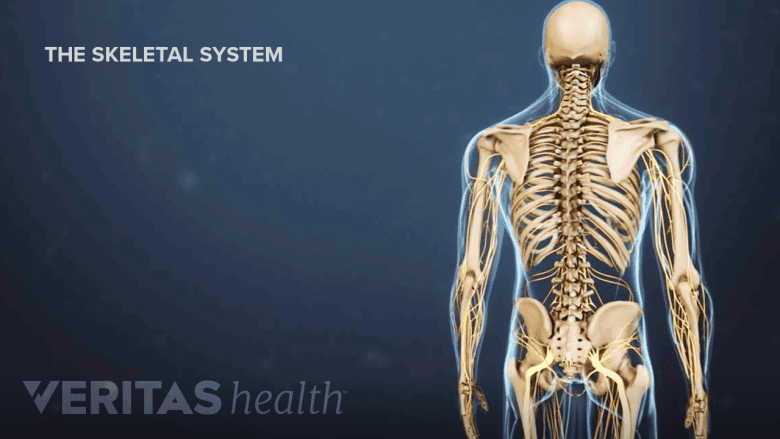The human nervous system has a tremendous capacity to constantly relay vital messages throughout the body. If this complex system is damaged, nerve signals can go awry, causing intense pain.
The spinal cord is the main transportation hub of the body's central nervous system, carrying signals from the brain to nerves throughout the body. Nerves coming from and leading to all parts of the body enter and exit the spinal cord along its entire length.
In This Article:
- All About Neuropathy And Chronic Back Pain
- Understanding Neuropathy Symptoms
- Anatomy Of Nerve Pain
- Types of Back Pain
The Spinal Cord and Peripheral Nerves
The peripheral nerves are responsible for sensations and muscle movements.
Thirty-one pairs of spinal nerves exit the spinal cord through openings between the vertebrae. The point at which a nerve exits the spinal cord is called a nerve root. The nerve root then branches out into many smaller peripheral nerves that control different parts of the body.
Damage to any part of the central nervous system or peripheral nerves can cause neuropathic pain.
See Treatment Options for Neuropathic Pain
A nerve that exits the lower back has peripheral branches that extend all the way down to the toes. Peripheral nerves comprise the peripheral nervous system. The peripheral nerves include both motor nerves and sensory nerves:
- Sensory nerves are nerves that receive sensory stimuli, telling us how something feels—whether it is hot, cold, or painful. These nerves are made up of nerve fibers, called sensory fibers (mechanoreceptor fibers sense body movement and pressure against the body, and nociceptor fibers sense tissue injury).
- Motor nerves lead to the muscles and stimulate movement. They are made up of nerve fibers called motor fibers.
Neuropathy may damage either the inner or outer part of the nerve cell. The axon is the inner information pathway of the nerve cell. Myelin—the fatty outer sheath—protects the nerve cell and assists in conveying information throughout the nervous system.
Symptoms of peripheral neuropathy generally appear first in the body’s longest nerves, initially affecting the feet, then the hands. Over time, the symptoms typically move up the arms and legs.
How Nerves Cause Pain
Proximity of spinal structures to nerves can result in irritation and back pain.
Spinal structures and nerves are in close proximity, creating the potential for irritation and pressure on the nerves. Many structures in the spine can cause back pain, such as when:
- Large nerve roots that go to the legs and arms are irritated
- Smaller nerves that innervate the spine are irritated
See Spinal Anatomy and Back Pain
One common example of nerve pain occurs when a person has a lumbar herniated disc. The discs between the vertebrae can herniate and press against a nearby spinal nerve root. Leakage of the gel-like material inside the disc may also aggravate a nerve.
After the nerves are damaged and neuropathy develops, abnormal signals from the peripheral nervous system and the central nervous system prevent the pain from easing.







